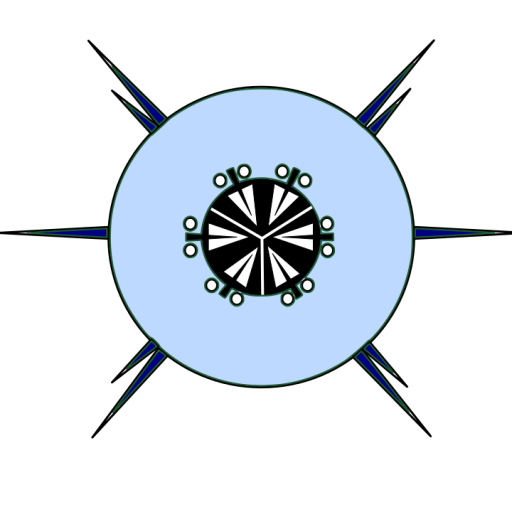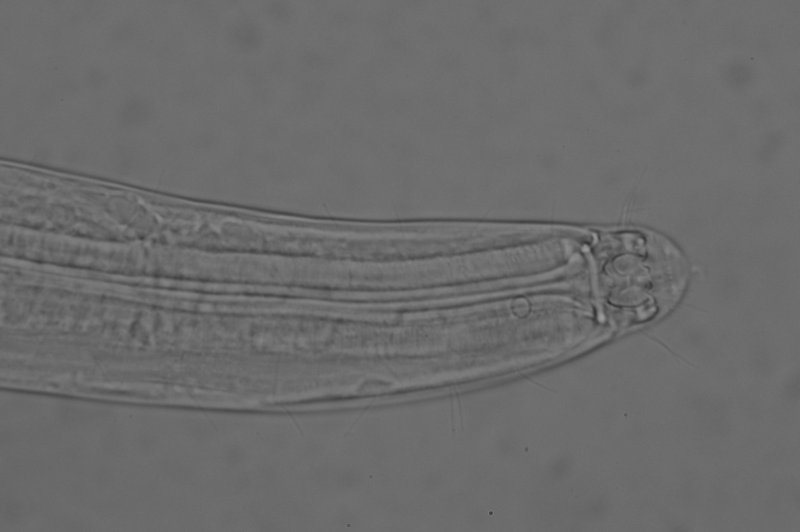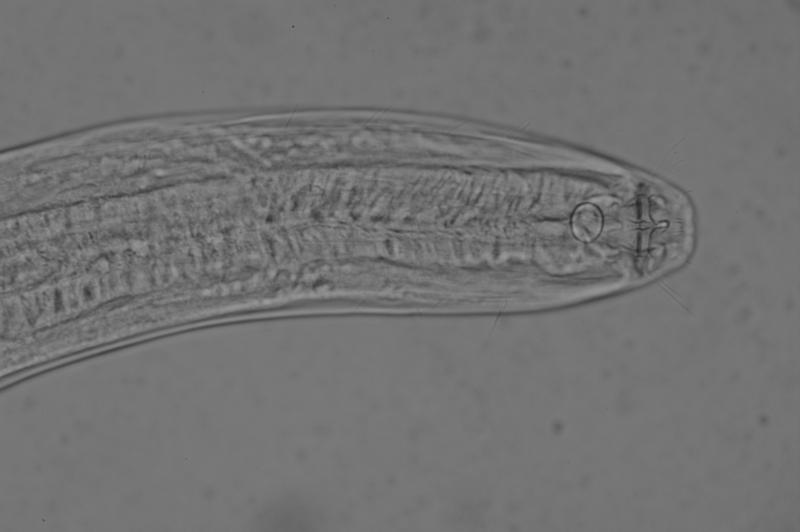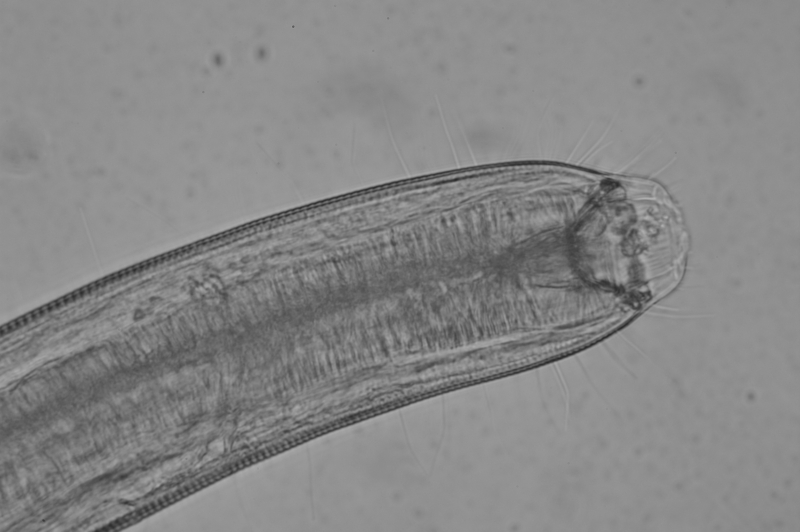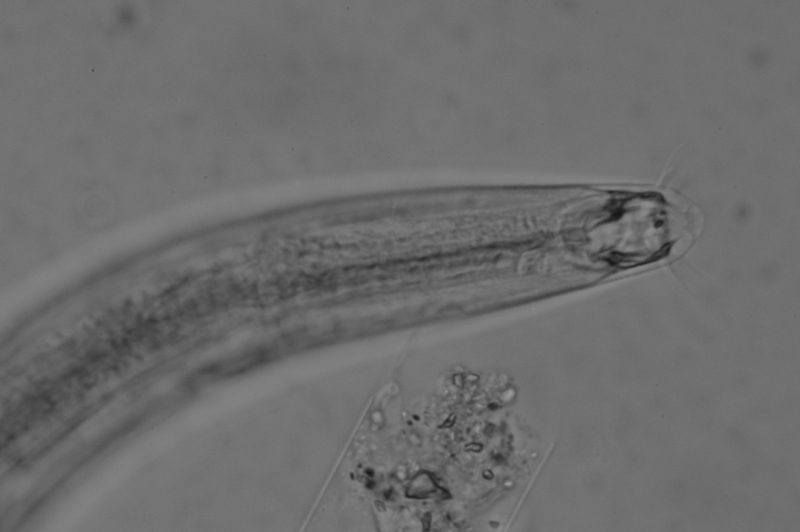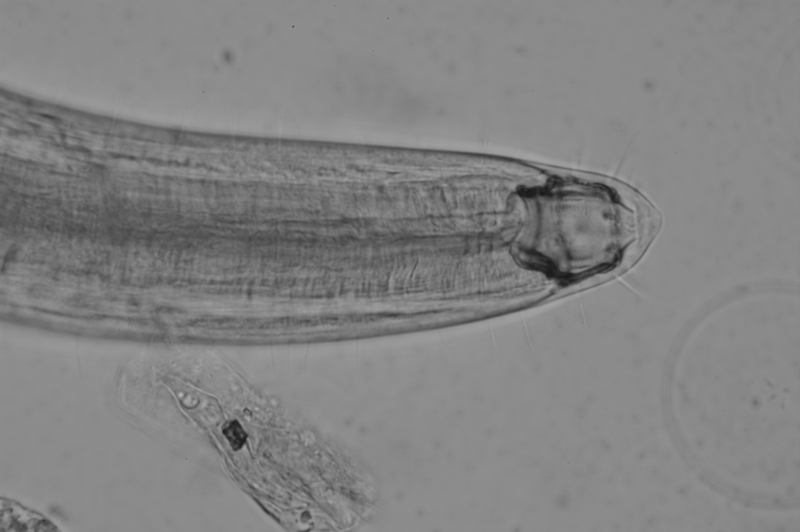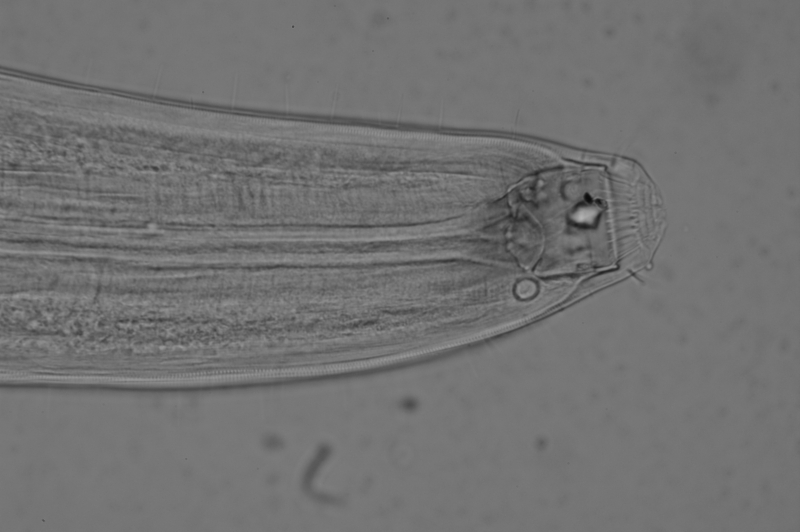Metasphaerolaimus campbelli (Allgen 1927)
This individual was collected at CIMAR24 station Polygon 2B at a depth of 1020 m on the slope of the continental shelf, Los Lagos region. This specimen is juvenile, but clearly contains the “H” shaped mandibles, Wieser (1956) describes them as “fenestrae”.
This individual was collected at CIMAR24 station 77 at a depth of 212 m at the mouth of the Aysen Fjord, Aysen region. This male specimen is distinct from M. campbelli. The mandibles are thinner and wider than those of M. cambelli, the amphid is larger and positioned at the base of the buccal cavity, and the oesophagus is not cuticularised. Somatic setae are sparse. The spicula is a fairly smooth curve without a clavate head, the gubernaculum has a dorsally hooked apophis. There is a precloacal setae. The tail is conical with a short cylindrical terminal section with three caudal setae.
This specimen was collected at a depth of 250m of the islands Chauque, Los Lagos region. This specimen is female.
Sphaerolaimus megamphis (Wieser, 1956)
This individual was collected at 366m deep in the Golfo de Ancud, Los Lagos region.
Sphaerolaimus pacificus (Allgen, 1947)
This individual was collected at 224m deep in the Golfo de Ancud, Los Lagos region. This individual is female.
This individual was collected at CIMAR24 station 77 at a depth of 212 m at the mouth of the Aysen Fjord, Aysen region. This male specimen does not match the description of S. pacificus. The buccal cavity is not as strongly cuticularised, and there appears to be a ring of fenestre, more clearly defined on the posterior side, in the anterior portion of the buccal cavity. The amphids are small circular and position posteriorly to the buccal cavity. There are plenty of short cervical setae. The oesophagus is cuticularised. The spicula are fairly long slightly curved and smooth, the gubernaculum lacks a dorsal hook. The tail is conico-cylindrical with many short setae, more on the ventral side, and there are two ventrally directed terminal setae.
